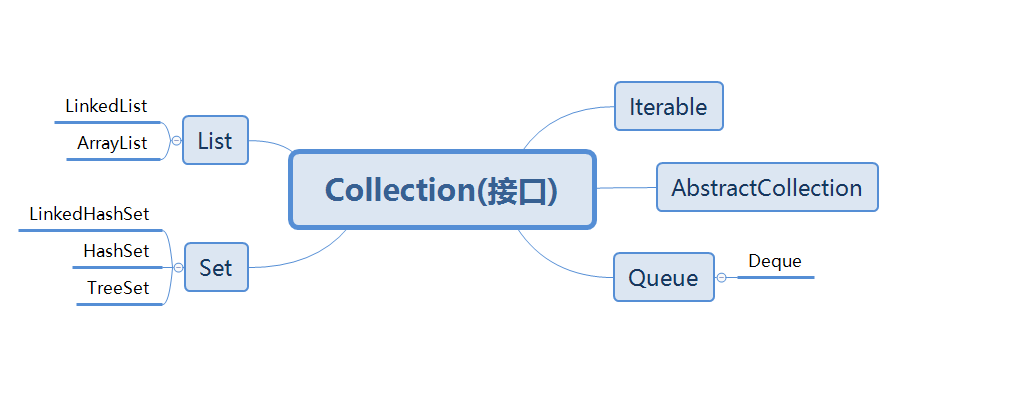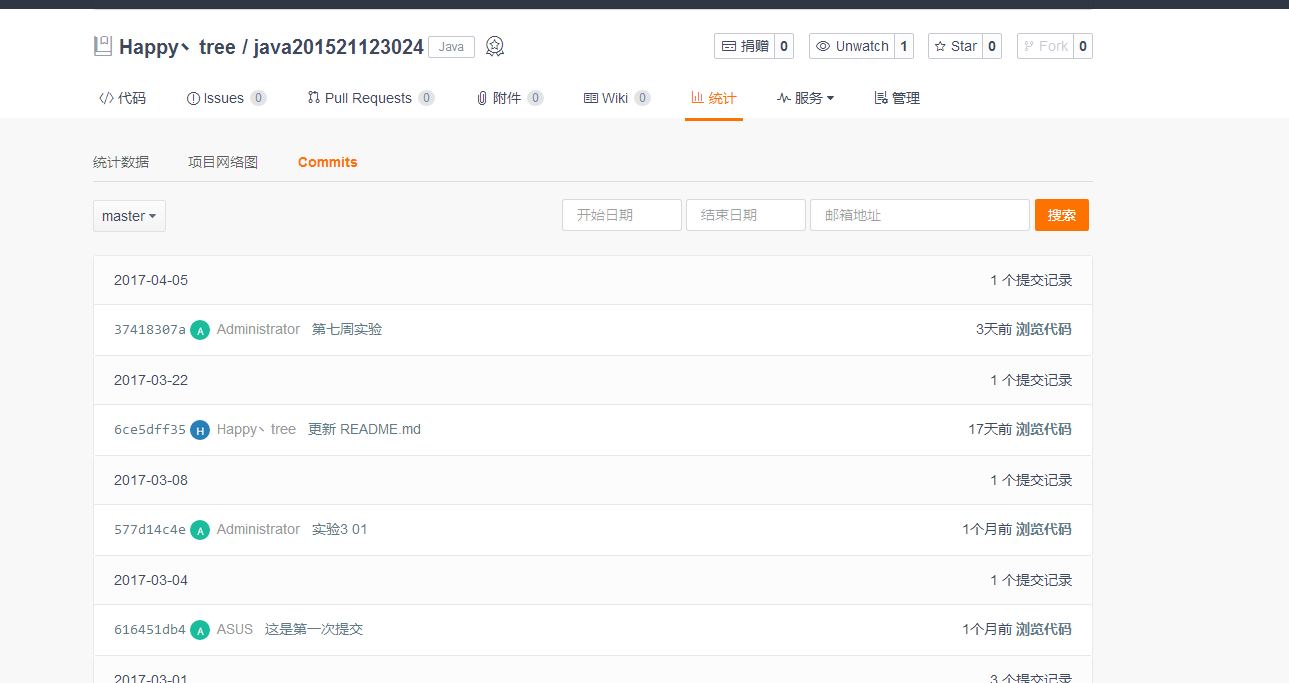1. 本周学习总结

2. 书面作业
1.ArrayList代码分析
1.1 解释ArrayList的contains源代码
return indexOf(o) >= 0;
}
public int indexOf(Object o) {
if (o == null) {
for (int i = 0; i < size; i++)
if (elementData[i]==null)
return i;
} else {
for (int i = 0; i < size; i++)
if (o.equals(elementData[i]))
return i;
}
return -1;
}
先判断o是否为null,若o为null就没有equals方法;contains的作用是遍历一次ArrayList,若equals,则返回序号。
1.2 解释E remove(int index)源代码
public E remove(int index) {
rangeCheck(index);
modCount++;
E oldValue = elementData(index);
int numMoved = size - index - 1;
if (numMoved > 0)
System.arraycopy(elementData, index+1, elementData, index,
numMoved);
elementData[--size] = null; // clear to let GC do its work
return oldValue;
}
private void rangeCheck(int index) {
if (index >= size)
throw new IndexOutOfBoundsException(outOfBoundsMsg(index));
}
删掉List中某个元素,其之后的元素前移
1.3 结合1.1与1.2,回答ArrayList存储数据时需要考虑元素的类型吗?
不需要,因为其参数为Objcet类型的对象,所有对象皆为Object
1.4 分析add源代码,回答当内部数组容量不够时,怎么办?
public boolean add(E e) {
ensureCapacityInternal(size + 1); // Increments modCount!!
elementData[size++] = e;
return true;
private void ensureCapacityInternal(int minCapacity) {
if (elementData == DEFAULTCAPACITY_EMPTY_ELEMENTDATA) {
minCapacity = Math.max(DEFAULT_CAPACITY, minCapacity);
}
ensureExplicitCapacity(minCapacity);
}
modCount++;
// overflow-conscious code
if (minCapacity - elementData.length > 0)
grow(minCapacity);
}
private void grow(int minCapacity) {
// overflow-conscious code
int oldCapacity = elementData.length;
int newCapacity = oldCapacity + (oldCapacity >> 1);
if (newCapacity - minCapacity < 0)
newCapacity = minCapacity;
if (newCapacity - MAX_ARRAY_SIZE > 0)
newCapacity = hugeCapacity(minCapacity);
// minCapacity is usually close to size, so this is a win:
elementData = Arrays.copyOf(elementData, newCapacity);
}
如果容量超了则调用函数grow增加容量。
1.5 分析private void rangeCheck(int index)源代码,为什么该方法应该声明为private而不声明为public?
private void rangeCheck(int index) {
if (index >= size)
throw new IndexOutOfBoundsException(outOfBoundsMsg(index));
}
因为private修饰的实例方法只能在本类被使用。不可被外部类调用,保证了一个封装性。
2.HashSet原理
2.1 将元素加入HashSet(散列集)中,其存储位置如何确定?需要调用那些方法?
HashSet查找某个对象时,首先用hashCode()方法计算出这个对象的Hash码,HashCode值决定了该元素的存储位置,根据Hash码到相应的存储区域用equals()方法查找。
2.2 选做:尝试分析HashSet源代码后,重新解释1.1
3.ArrayListIntegerStack
3.1 比较自己写的ArrayListIntegerStack与自己在题集jmu-Java-04-面向对象2-进阶-多态、接口与内部类中的题目5-3自定义接口ArrayIntegerStack,有什么不同?(不要出现大段代码)
ArrayListIntegerStack是用ArrayList来实现栈,ArrayIntegerStack是用Integer数组来实现栈。
3.2 简单描述接口的好处.
接口拥有更大的灵活性,同时接口也是可插入性的保证
4.Stack and Queue
4.1 编写函数判断一个给定字符串是否是回文,一定要使用栈,但不能使用java的Stack类(具体原因自己搜索)。请粘贴你的代码,类名为Main你的学号。
public class Main201521123024 {
public static void main(String[] args) {
Stack<Character> stack = new Stack<Character>();
Scanner scanner = new Scanner(System.in);
String string = scanner.next();
for (int i = 0; i < string.length(); i++) {
stack.push(string.charAt(i));
}
for (int j= 0; j < string.length(); j++) {
if (stack.pop() != string.charAt(j)) {
System.out.println("no");
break;
}
else {
System.out.println("yes");
break;
}
}
}
}
4.2 题集jmu-Java-05-集合之5-6 银行业务队列简单模拟。(不要出现大段代码)
5.统计文字中的单词数量并按单词的字母顺序排序后输出
题集jmu-Java-05-集合之5-2 统计文字中的单词数量并按单词的字母顺序排序后输出 (不要出现大段代码)
5.1 实验总结
3. 码云上代码提交记录及PTA实验总结
